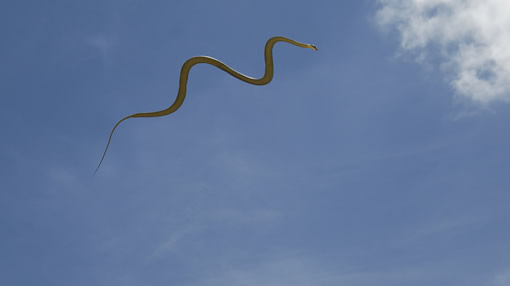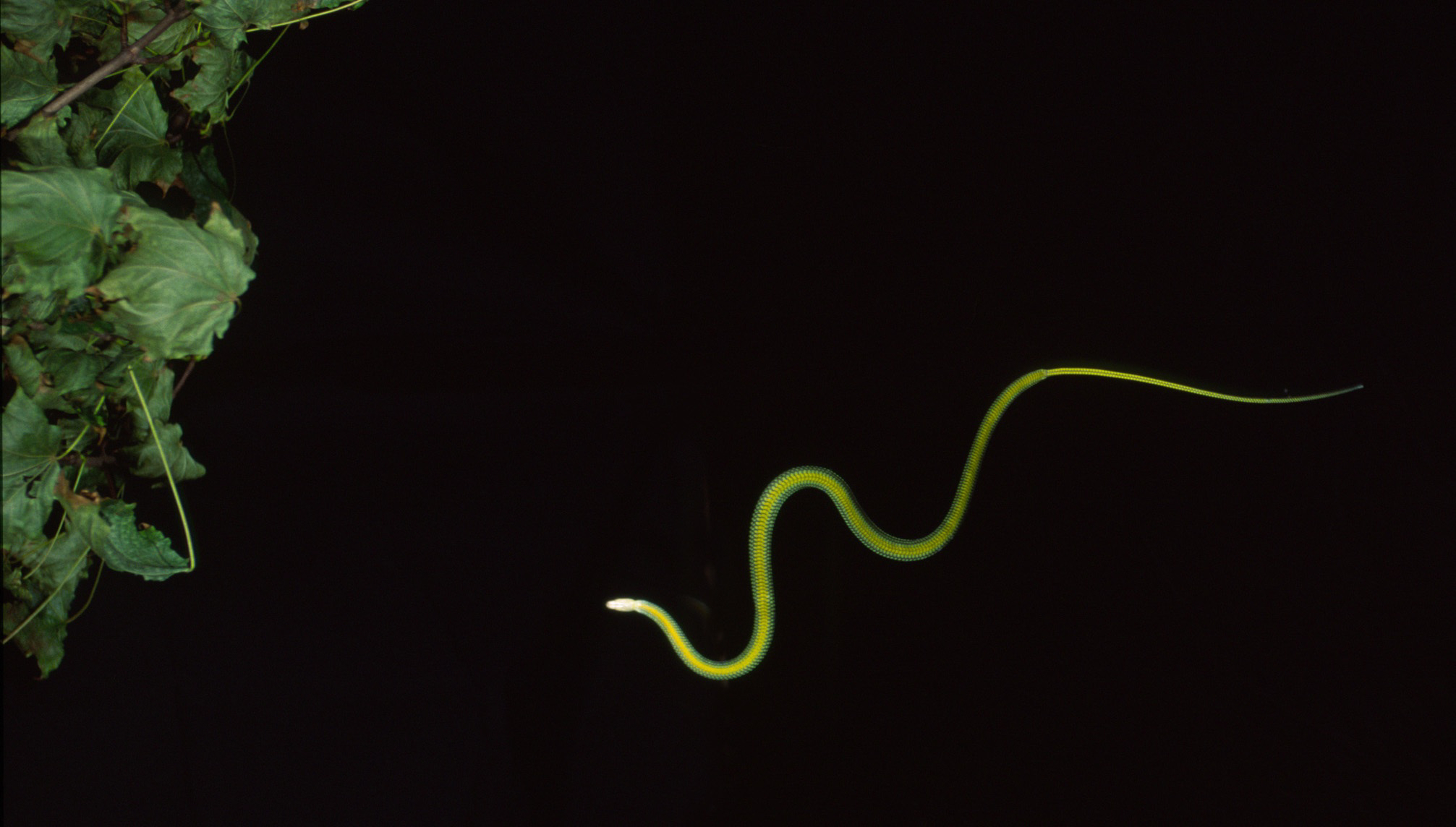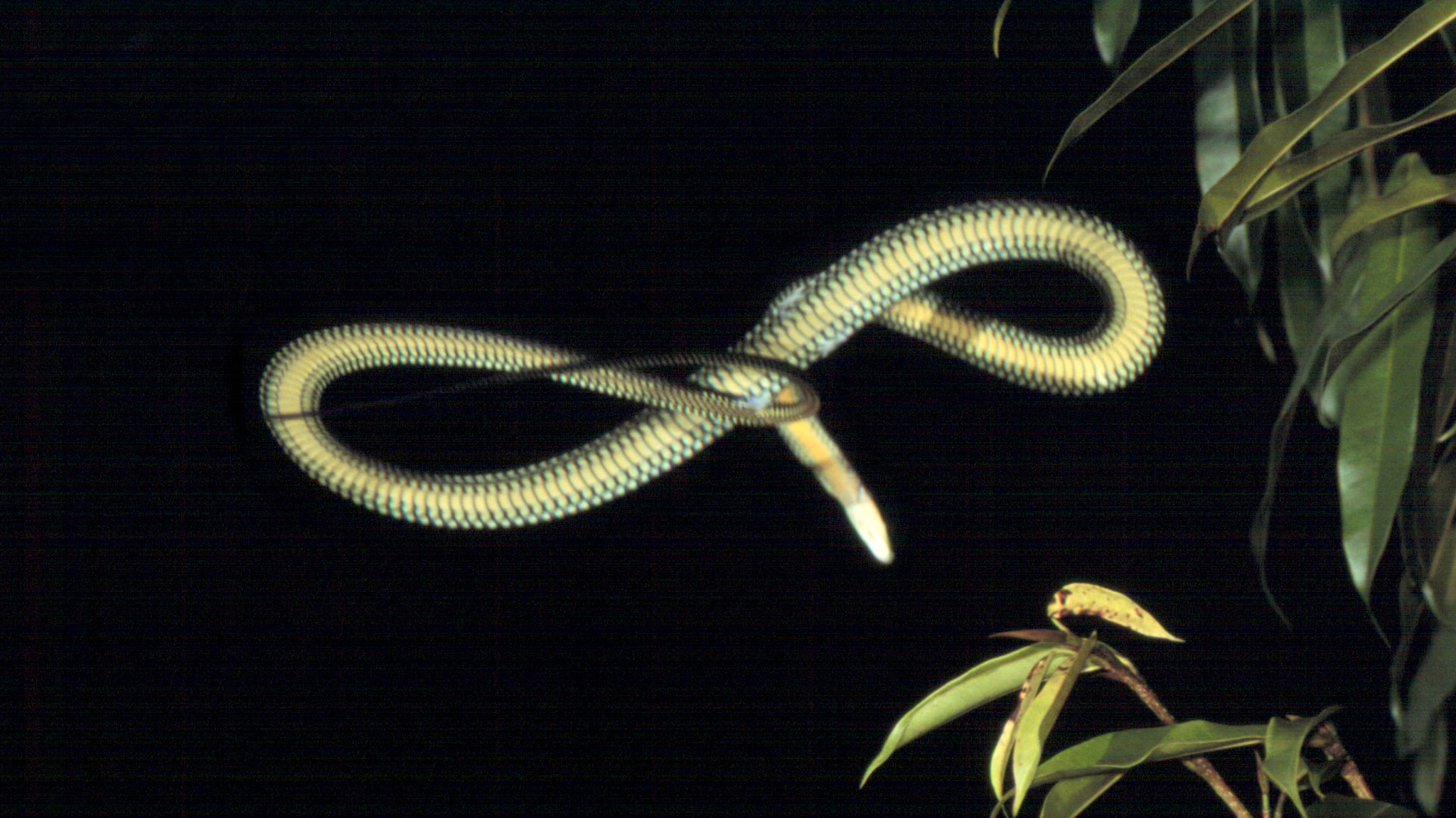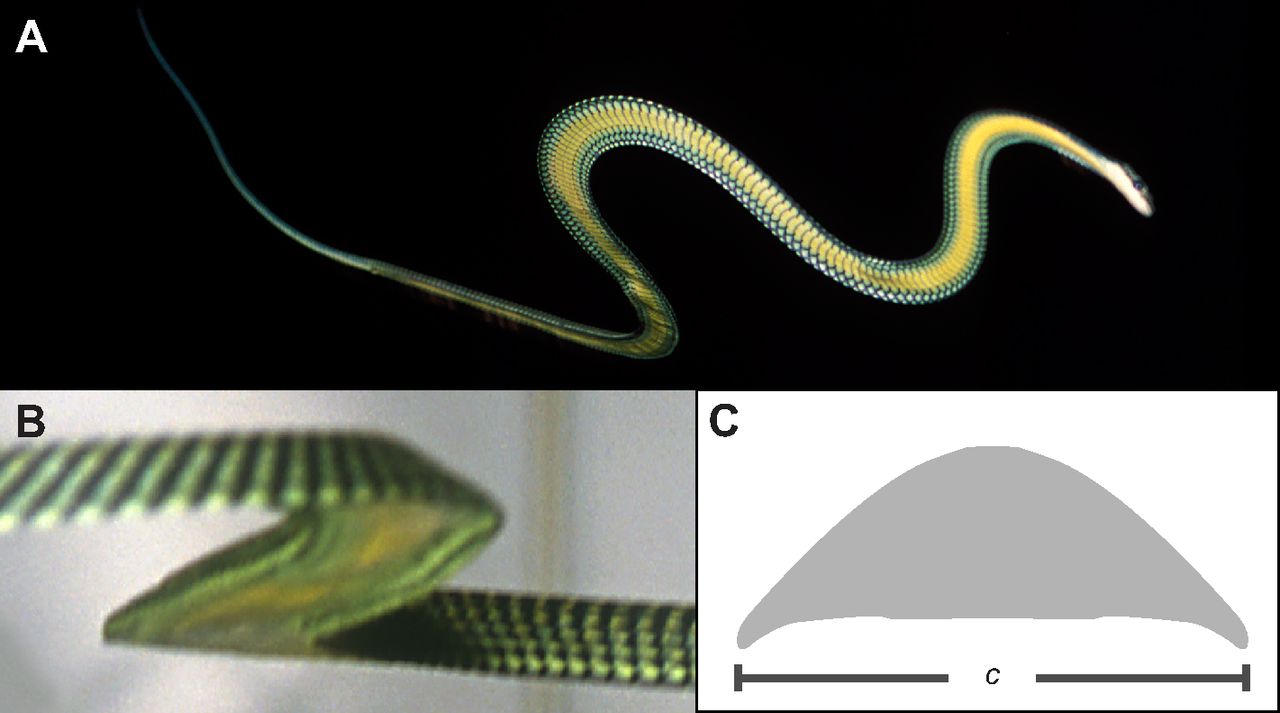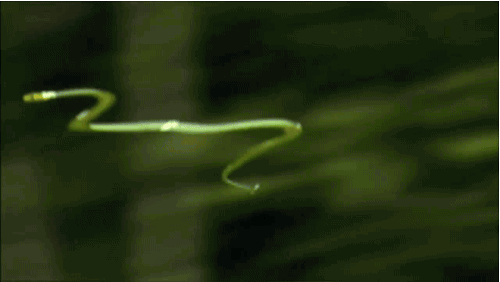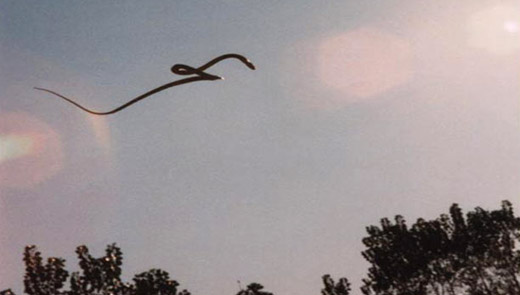Chrysopelea: The Flying Snake
Snakes and spiders are almost unanimously feared amongst all disparate populations of earth. In England and other cooler climbs our fear is wasted energy, but for many who dwell in the warmer sections of the world, that fear is justified, those things can kill, or at least hurt. You might imagine that, given time, people might relinquish their fears, but snake and spider phobias are deep.
On a trek in the highlands of Thailand I was privileged to spend some one-on-one time with a local guide, a sinewy forest dweller who knew his way around the wilds, he’d lived his life in the woods. He was the kind of fella that could survive in the wilderness without GPS or a book by Bear Grylls, hell, he’d never even heard of Bear Grylls.
One morning we were walking together and quite out of the blue he let out a shriek, the sort of shriek reserved for little girls with goblins under their beds.
What could have caused this bloodcurdling explosion? I was in shock, nervously waiting to see what size of foe we were facing, if it had frightened this forest man it was sure to frighten me. I asked what the problem was, he looked kind of embaressed and sheepishly admitted he had lightly brushed his hand on a harmless plant as he walked past it, he’d mistaken the stroke of the leaf for a snake.
“I hate snakes” he said.
When I was introduced to the flying snake earlier today, my mind was immediately cast back to that quivering Thai guide. I bet he dreads these airborne reptiles even more than your standard tree/ground based snake. Chrysopelea, the so-called flying snake adds a new dimension to humanity’s nightmares: now snakes can fly.
Although Chrysopelea, strictly speaking, glides rather than flies, it’s still a pretty incredible sight. Snakes do not belong in the air, people.
Flying snakes are found in Southeast Asia, China, India, and Sri Lanka, and the great news is they’re venomous! Hurray! But the venom isn’t particularly powerful and only really effective on the small creatures they choose for lunch.
Chrysopelea climb trees using ridges on their bellies. Once they’ve reached their chosen jumping off point they dangle their body from the edge holding themselves up by the end of their tail; they angle their head and body in the direction they want to move, then propel themselves forth by thrusting up and away from the tree.
The flying snake sucks in its abdomen and flares out its ribs turning the body into a “pseudo concave wing”. It undulates its body as it moves to further extend the flight and direct its movement.
The way the flying snake stays in the air is actually similar to the way a frisbee works. The concave centre of a frisbee (or flying snake) has a relatively increased air pressure, this gives the concave shape more lift in the air. That’s why an upside-down frisbee is no frisbee at all.
This frisbee-like action is not the only method in which the snake can extend its hang time. Scientists at Argonne National Laboratory are hard at work untangling the motions of these reptiles to see if they are using new or novel techniques to remain airborne despite being, at first glance, a pretty rubbish shape for flying.
Chrysopelea can drift over 100 metres in a single leap, out-competing the flying squirrel and flying lizards. The reasons for this evolved ability to glide are clear – it’s a lot more energy efficient than crawling on your belly and a pretty nifty way to evade predators.
There are four different flying snake species found across Asia, the biggest of which is the Golden tree snake or ornate flying snake which can reach up to 4 ft in length and hangs out in India.
The other four species are the Paradise tree snake (which is considered the best flier), the Twin-barred tree or banded flying snake, and the less well known Moluccan flying snake and Sri Lankan flying snake.
The Journal of Integrative & Comparative Biology describes the astounding flight like so:
As the snake rotates in the pitch axis, it forms a wide “S” shape and begins undulating in a complex three-dimensional pattern, with the body angled upward relative to the glide path. The head moves side-to-side, sending traveling waves posteriorly toward the tail, while the body (most prominently, the posterior end) oscillates in the vertical axis.
These active movements while gliding are substantially different and more dynamic than those used by any other animal glider. As the snake gains forward speed, the glide path becomes less steep, reaching minimally recorded glide angles of 13°. In general, smaller snakes appear to be more proficient gliders.
There’s only really one way to fully appreciate how impressive the flying snake’s performance is, and that’s a video. Watch how the snake drops a short distance and then gets into his gliding stride and zips past the camera:
… and another…
MORE AMAZING FLYING CREATURES:
THE SMALLEST BIRD IN THE WORLD

